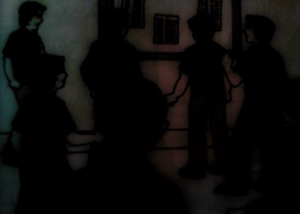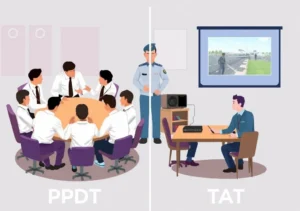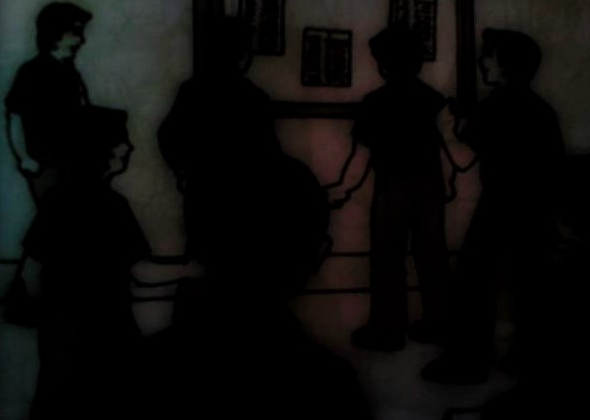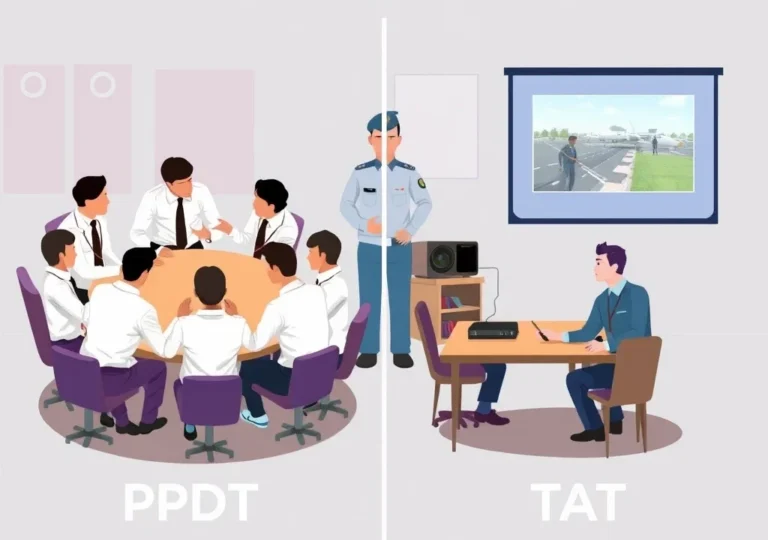In this article, you will learn how to write a good PPDT Story. we will also discuss the various psychological tests conducted in the Services Selection Board(SSB) and focus on how to avoid common grammar and observation mistakes that candidates often make. By understanding and rectifying these errors, you can significantly improve your chances of success in cracking the SSB Interview.

PPDT Story : Common Mistakes
Here we have listed few very common mistakes committed by candidates during PPDT Story writing in SSB Screen in. You must avoid them to pass SSB Screening Day 1.
Observation of the Picture: The Foundation of the Story
One of the primary reasons why many candidates fail in the assessment is their inability to properly observe the given picture. During the psych test, psychologists often encounter candidates who create stories that have no connection with the actual PPDT picture. To avoid this, spend the initial 30 seconds observing the picture from every angle, understanding the mood, and visualising what could have led to the situation shown in it.
For example, if the PPDT Picture shows a man struggling to walk in a storm, it is essential to comprehend the urgency behind his actions. Writing irrelevant stories, such as the man going for a leisurely evening walk or a picnic, demonstrates a lack of understanding and logical reasoning.
PPDT Story Mistake: Not Sticking to the Given Setting and Mood
Another common mistake made by candidates is changing the setting and mood of the given PPDT picture. The setting and mood are carefully chosen to evoke specific emotions and actions, and altering them can lead to unrealistic and unrelated stories.
For instance, if the picture portrays two people fighting, writing a story about them being friends playing a joke on each other or having a fun adventure diminishes the authenticity of your response. Stick to the original setting provided and in PPDT Narration aligns with the emotions and actions depicted in the picture.
Preconceived Synthetic PPDT Stories
Repeating candidates often fall into the trap of memorizing preconceived stories in SSB Screening and trying to fit them into different pictures. Each picture is unique and requires a fresh and imaginative approach. Relying on memorized PPDT stories not only hampers creativity but also leads to unconvincing and illogical narratives.
Instead, use your imagination and creativity to craft a PPDT story that genuinely connects with the picture’s theme and emotions. Avoid artificially creating positivity or unrealistic scenarios just to impress the psychologists.
Creating PPDT Picture Stories without a Hero
To craft engaging and solution-oriented stories, relate to the picture and visualize it as a challenge that needs to be tackled. Identify the problem, the emotions of the characters, and how the hero in your story would address the situation. This will add depth and authenticity to your narrative of PPDT Story.
For example, if the picture portrays a boy looking scared while a girl runs frantically in a jungle, imagine the threat behind them and how the boy will respond to protect the girl. Let your creativity flow as you build a compelling story with a hero who tackles the challenge head-on.
Final Words:
Mastering the psychological tests in the SSB Interview requires a keen eye for observation and a creative mindset. By avoiding common mistakes like misinterpreting the picture, changing the setting, relying on memorized stories, and merely describing the picture, you can significantly enhance your performance and stand a better chance at cracking the SSB Screening successfully. Remember, practice, and repetition are vital to developing your subconscious mind, leading to more objective and practical thinking.
Also Read: How to Write PPDT Story in SSB
How to Develop a Strong Narrative Approach in PPDT?
While avoiding common mistakes is crucial in PPDT story writing, developing a strong and structured narrative is equally important. Here’s how you can improve your PPDT storytelling approach for better performance in SSB Screening:
1. Follow a Clear Structure: Situation – Problem – Solution
A good PPDT story should have a clear sequence:
- Situation: Introduce the setting and main character based on the given picture.
- Problem: Identify a challenge or conflict that fits naturally into the scenario.
- Solution: Present a logical and practical solution showcasing Officer Like Qualities (OLQs).
2. Keep Your Story Realistic and Practical
Your story should reflect a rational and achievable outcome rather than exaggerated heroism. Avoid making the main character seem overly powerful or perfect. Instead, focus on practical actions and teamwork.
3. Maintain a Positive and Progressive Outlook
While writing a PPDT story, ensure that your protagonist takes initiative and works towards a constructive resolution. The aim is to show leadership, problem-solving ability, and adaptability under pressure.
4. Use Crisp and Clear Language
Many candidates make the mistake of writing lengthy and confusing stories. Keep your language simple, direct, and grammatically correct. Stick to short sentences to improve readability.
5. Practice with Different PPDT Pictures
Regular practice with various types of PPDT images will help you develop the ability to think quickly and logically. Analyze different scenarios, create diverse narratives, and get feedback to refine your storytelling.
By incorporating these structured storytelling techniques, you can write more effective PPDT stories that align with the SSB selection criteria and enhance your chances of getting screened in successfully. 🚀








